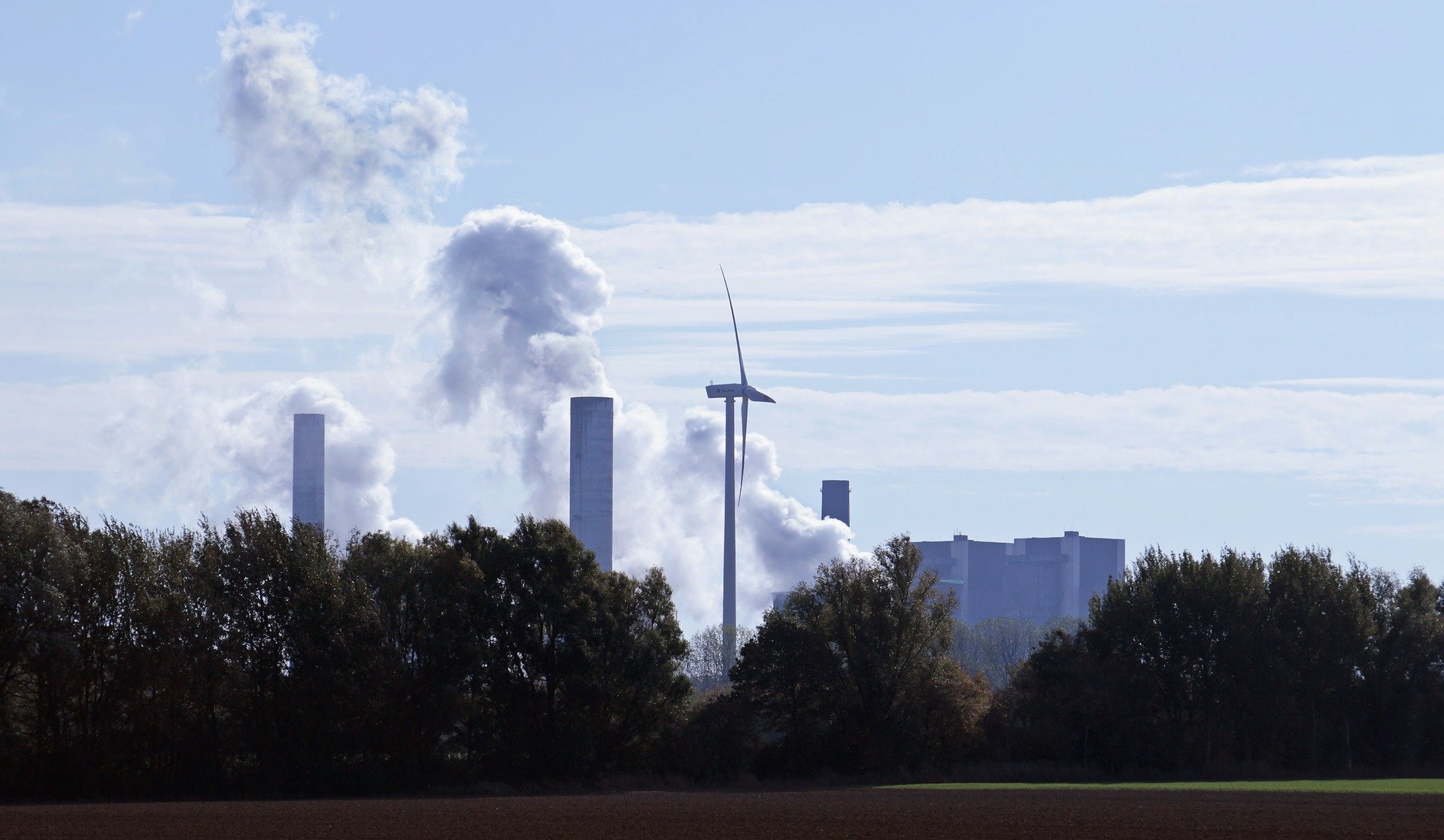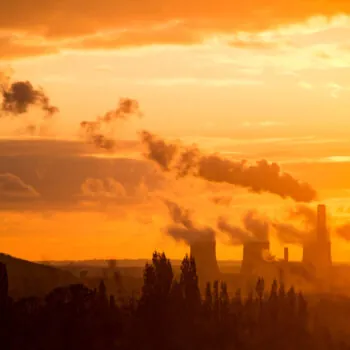We see reasons for hope amid the current concerns, as real world trends continue to move away from coal power. But policy makers will soon need to make decisions. Will they choose a transformational shift to a cleaner, healthier energy system? Or will they allow coal industry interests to capture the crisis to prolong their predatory delay, offloading health impacts and economic costs onto citizens?
Almost one year ago, in late April 2019, UN Secretary General Guterres put the need for a transition from coal to clean energy firmly on the international diplomatic agenda. He underlined the need for ‘no new coal by 2020’ and for existing coal use to be curtailed. We explored these twin challenges for diplomacy in our article Overcoming inertia: Guterres has kickstarted the great global coal transition. The UN Climate Action Summit in September saw an initial response from governments, with lignite-heavy Greece showing what is possible with its commitment to phase out coal use by 2028.
UK leadership on coal phase out
The UK’s Presidency of COP26 meant that 2020 was seen as a year where further progress could be made on coal. The timeline has now been necessarily extended, but the underlying logic is still sound.
The UK itself has been a global leader on coal over the past decade, with its experience showing that it is possible to rapidly move away from coal power generation. The UK government declared ‘no new coal without CCS’ back in 2009, while in 2015 it was the first national government to commit to a phase out of coal power generation. Coal use declined from 40% of electricity production in the GB grid in 2012 to 2% in 2019, with two further power plants closing for the last time in March 2020. The decline in coal use has been the single biggest factor supporting the UK’s decline in CO2 emissions while the economy grew.
Looking internationally, the UK and Canada launched the Powering Past Coal Alliance in 2017, which has now grown to almost 100 members spanning national and sub-national governments and the private sector. This experience of international cooperation and domestic progress informed the UK’s emphasis on Energy Transition as one of the key strands for COP26. The UK’s priorities recognise the centrality of shifting from coal to clean energy as a means of delivering on the intention of the Paris Agreement. Recent analysis from Carbon Brief shows just how steep the decline in coal use needs to be – around an 80% reduction in consumption by 2030 in order for the world to be on track to meet 1.5˚C pathways that don’t rely on negative emissions. This reinforces the importance of the challenges set by Secretary General Guterres – the world must stop building new coal plants and phase out existing coal power generation. All fossil fuels must be phased out, with coal moving first and fastest.
Global trends are positive
As we entered 2020, global trends were clearly pointing in the right direction:
- Latest data on the global coal plant pipeline from Global Energy Monitor found that the scale of coal plant construction continues to shrink for the second year in a row. There are now <200GW under construction (half in China) and <300GW at earlier stages of development (one third in China).
- GEM’s analysis also identifies that only 11 countries initiated construction of a new coal power plant in 2019. But there is further good news: E3G’s own review of the same data finds that there are now 57 countries that have zero projects in the development pipeline having cancelled or abandoned all projects proposed over the past decade.
- Similarly, electricity production from coal power generation also declined by 3% in 2019 (the biggest in at least 30 years), according to analysis by Ember (formerly Sandbag).
- This reduction in electricity generation reflects the continuing retirement of coal power plants in OECD countries. The Trump Administration has failed to ‘bring back coal’, with 107 GW of closures over the past decade and zero new power plants under development. But the EU is also keeping pace, with 74 GW already closed since 2010, 93 GW scheduled to retire under national coal phase out commitments, and just 50GW remaining.
- Meanwhile analysis from Carbon Tracker finds that renewables are now cheaper than coal, highlighting that continued construction of coal power plants would risk wasting half a trillion dollars of unproductive investment. It is now better economics to plan to retire and replace existing coal power plants with new renewables.
The immediate impact of the Coronavirus crisis on coal power generation has been to decrease demand for electricity generation and reduce emissions (of both CO2 and air pollutants, with major improvements in air quality as a result). Carbon Tracker estimate that coal generation in 2020 will decline by 6.8 – 20.3% on previous years.
The crisis is also impacting on plans for coal plant construction (and indeed supply chains for renewables). GEM is tracking the impact of COVID-19 on coal power plant projects, finding that in many countries projects are delayed. Governments now have an opportunity to pause and reconsider which investments make most sense for their economic recoveries.
As a starting point, governments should initiate a moratorium on new coal plant construction and permitting while they prioritise responses to the COVID-19 crisis.
Risk of a rebound?
However in China there is already a risk that Provincial Authorities and equipment suppliers will push forward further construction of new power plants, despite existing overcapacity making new coal plants uneconomic. China is home to half of global coal plant capacity and is considering targets for coal generation for its next Five Year Plan. The decisions it takes on coal will have global reverberations. Yet China’s own experience is that its economic stimulus of 2008-09 resulted in the air pollution crisis of 2012-13. There can be no excuse this time for continuing to construct new coal power plants that are economically destructive and would self-sabotage China’s efforts to position itself as a proactive international leader on climate, clean energy, and the response to COVID-19.
The early signs of a response by the coal industry show that they will be willing to fight dirty in their efforts to grab hold of economic support measures and stimulus packages. US mining companies are shamelessly calling for reductions in the payments they must make to support former miners suffering from black lung. These coal companies are on the verge of economic collapse. They need an exit route that stops them from continuing to pollute policy making as well as air and water.
Looking ahead to 2021
The postponement of COP26 was necessary and sensible given the global health crisis. A move to 2021 strengthens the alignment of diplomatic efforts with the UK’s presidency of the G7 and Italy’s Presidency of the G20.
In the short term, the space for international diplomacy on climate and coal has been disrupted. But the foundations are still in place for a definitive shift to a clean economy as policy makers respond to the new imperative of ‘Recovering Better’. Governments can accelerate the transition through restricting the remaining sources of coal finance (most notably from China, Japan and South Korea) and stepping up the provision of financial and technical support for renewables instead of coal. The new frontier for action on coal will now be the effort to ‘retire and replace’ existing coal plants as part of stimulus packages, recognising that doing so will support citizens’ health, national resilience, and economic recovery, as well as climate goals.
‘The best-laid plans of mice and men often go awry’ runs the famous phrase derived from Scottish poet Rabbie Burns’ ode ‘To a Mouse’ back in 1785. The world will not gather in Glasgow this November, but it will be there sometime soon. Scotland was central to the industrial revolution, with coal powering its shipyards and steel mills as well as dominating its electricity generation. But the last coal power plant closed in Scotland in 2016 and the country is a leader in renewable energy. Scotland and the UK are already looking to a future Beyond Coal – a rescheduled COP26 will be able to help others do so too.


